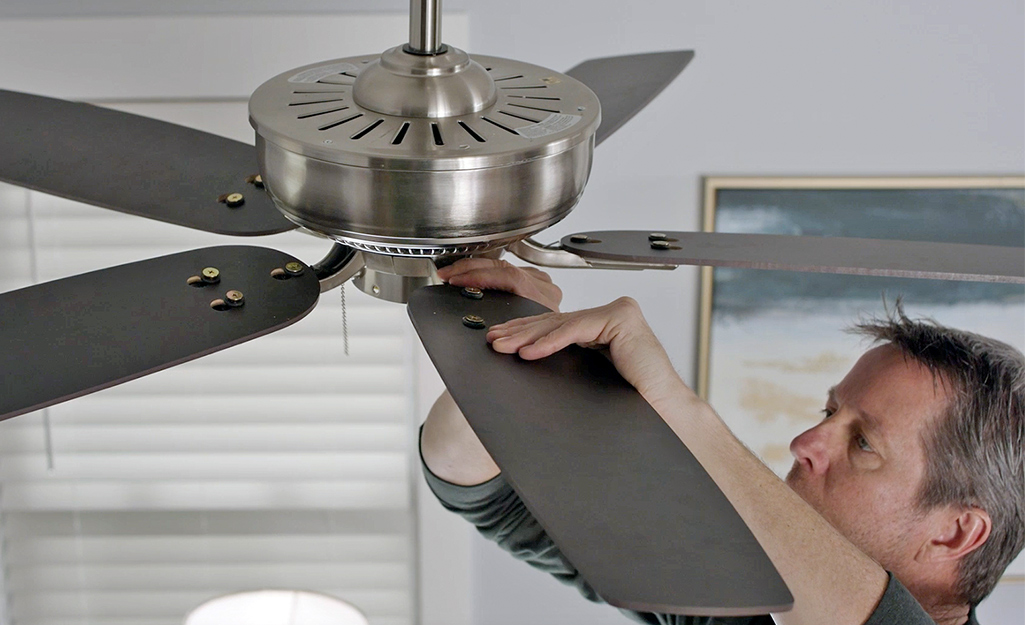When it comes to home improvement, ceiling fan installation is often seen as a straightforward task, yet many busy homeowners struggle to find the time for this seemingly simple project. Fortunately, there are ways to ensure a quick turnaround without sacrificing quality or safety. For those juggling a demanding schedule, the prospect of installing a ceiling fan can seem overwhelming. However, with the right approach, this project can be efficiently completed in a short amount of time. The key is to plan ahead and leverage professional help to streamline the process. First and foremost, preparation is crucial. Before you even begin, ensure you have all the necessary tools and materials at hand. This includes the ceiling fan itself, a ladder, a screwdriver, wire cutters, and electrical tape. If you are not comfortable working with electrical components, it is wise to consult with a licensed electrician.
They can not only ensure the installation is done safely but also handle any unexpected challenges that may arise. Next, choose a ceiling fan that suits both your style and your space. With a variety of designs and sizes available, selecting the right fan can enhance the aesthetic appeal of your room while improving airflow and comfort. Consider factors such as the size of the room and the fan’s blade span to ensure optimal performance. Many modern fans come with remote controls or smart home compatibility, ceiling fan installation san antonio offering additional convenience for tech-savvy homeowners. Once you have your fan and tools ready, the actual installation process can be broken down into manageable steps. Begin by turning off the power to the existing ceiling fixture at the circuit breaker. This is a crucial safety step that cannot be overlooked. Next, remove the old fixture if one is present. If there’s no existing fixture, you will need to install a ceiling mount for the new fan.
 Attach the mounting bracket that comes with your fan to the ceiling, ensuring it is securely fastened and level. Most ceiling fans come with detailed installation instructions, so follow these closely. After the bracket is in place, connect the fan’s wiring to the ceiling’s electrical wiring. This step may involve connecting color-coded wires—typically black to black hot, white to white neutral, and green or copper to the grounding wire. Once the wiring is completed, secure the fan motor to the mounting bracket. Then, attach the fan blades, following the manufacturer’s guidelines to ensure they are properly aligned and balanced. Finally, install any additional components such as light kits or remote controls if included with your fan. With everything assembled, turn the power back on and test the fan to ensure it operates smoothly. Check for any wobbling or unusual noises, as these may indicate issues that need addressing.
Attach the mounting bracket that comes with your fan to the ceiling, ensuring it is securely fastened and level. Most ceiling fans come with detailed installation instructions, so follow these closely. After the bracket is in place, connect the fan’s wiring to the ceiling’s electrical wiring. This step may involve connecting color-coded wires—typically black to black hot, white to white neutral, and green or copper to the grounding wire. Once the wiring is completed, secure the fan motor to the mounting bracket. Then, attach the fan blades, following the manufacturer’s guidelines to ensure they are properly aligned and balanced. Finally, install any additional components such as light kits or remote controls if included with your fan. With everything assembled, turn the power back on and test the fan to ensure it operates smoothly. Check for any wobbling or unusual noises, as these may indicate issues that need addressing.